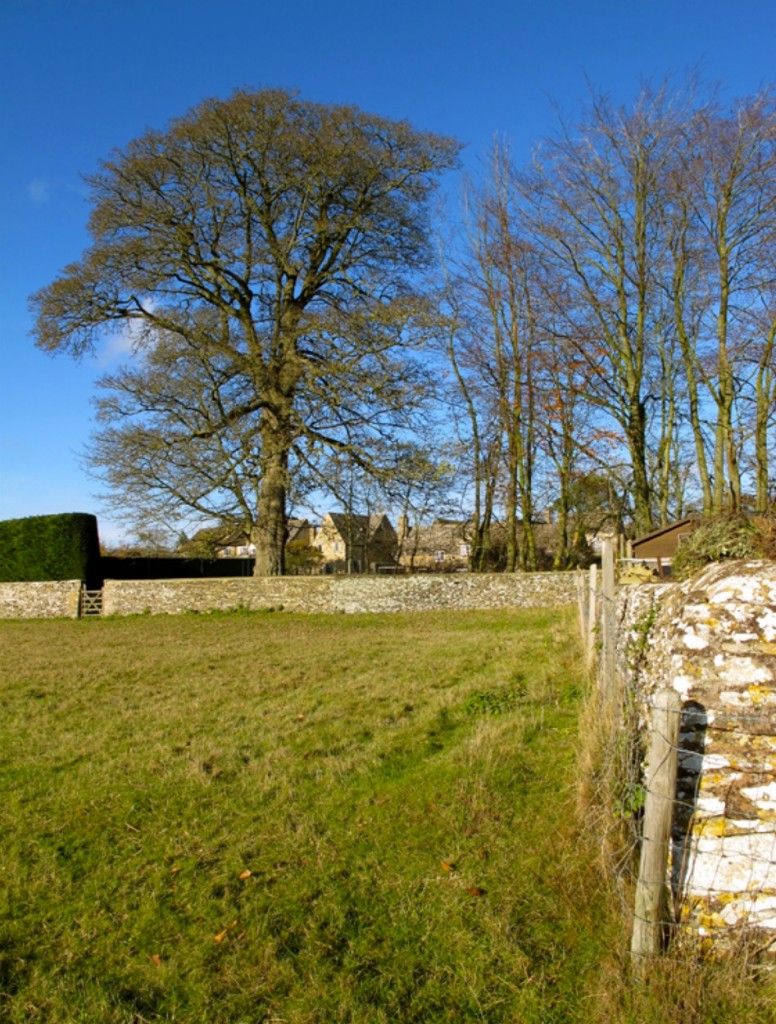 Being a writer does sometimes feel as though you’re under house arrest and I know I’m not alone. A rare lunch in Oxford, with a dozen or so other writers, was summed up by one as “stepping out of our usual writer’s isolation for a couple of hours.” Ours though is nothing as opposed to the trials of the Italian astronomer Galileo Galilei (1564 – 1642 ). He spent nine years under house arrest from 1633 until his death, purely because he proved that the sun was at the centre of our universe and not the earth.
Being a writer does sometimes feel as though you’re under house arrest and I know I’m not alone. A rare lunch in Oxford, with a dozen or so other writers, was summed up by one as “stepping out of our usual writer’s isolation for a couple of hours.” Ours though is nothing as opposed to the trials of the Italian astronomer Galileo Galilei (1564 – 1642 ). He spent nine years under house arrest from 1633 until his death, purely because he proved that the sun was at the centre of our universe and not the earth.
Thomas Hardy (1840-1828) in “The Life of Thomas Hardy”, wrote that if “Galileo had said in verse that the world moved, the inquisition might have let him alone.” Those charts and mathematical diagrams sealed his fete because they threatened conventional thinking. You can understand their confusion: the sun does appear to move through the sky and we gardeners watch it more than most.
I’m squinting at the moment, because it’s winter and the sun appears at eye height as it moves across the sky. It backlights the garden to great effect and I can see the shape of every apple tree and, although I try to prune them all the same, my three have their own personalities. The ‘Pitmaston Pineapple’ apple is an elaborate candelabra. The ‘Blenheim Orange’, a well-spaced convincing tree that bears no fruit at all, has arms outstretched like a preacher. Its neighbour, the ‘D’Arcy Spice’, is as upright as a guardsman and the best tree of all.
Beyond I can see the low stone walls with their ancient lichens in shades of ochre, black and red because the light’s lower now than at anytime of year. I face south and, when the weather’s kind, the sun illuminates the whole garden. The winter sunsets fall to the west, in full view, and on cold days they’re often fiery. In summer they miss me out completely by setting in the north west.
I enjoy my south-facing position and I feel for those with a north-facing plot. One revered gardener, Joan Lorraine of Greencombe Gardens at Porlock Weir in Dorset, has to do without sun in her wooded valley garden for a good part of winter. Then one glorious day the sun breaks over the hill for a few minutes so Joan celebrates with a glass of sherry. She keeps the bottle and glass in readiness on the doorstep, because it used to take too long to locate indoors. By the time she returned, glass in hand, the sun has already moved round. Greencombe Gardens is covered in choice trilliums and erythroniums every spring.
We gardeners celebrate our seasons, even winter, and this is the best time to appreciate the tree in all its forms. The Himalayan birch, with its paper-white bark and overhead canopy of black twigs, is a monochrome study in elegance. Erman’s birch has silkier bark, the colour and texture of my grandmother’s blush-pink silk underwear. I have no birches ( or silk underwear) in my rural backwater, but I can see beeches with elephant legs for trunks, the diamond fissured trunks of oaks and ash keys swaying on branches flicked up at the ends in praise of life.
When the sun moves through the branches, sorry Galileo we still think like this despite your wisdom, it casts a magic-lantern pattern of light and shade that highlights different areas of my garden throughout the day. Even when bare, the trees cast a benign presence, draining the soil with their roots and keeping off the worst of the frost from above. No wonder the garden begins to explode into life close to trees, whether it’s the aconite or the snowdrop.
Trees do far more than cast the shade and shine in winter. however. They shut down noise and help regulate temperature. They reduce pollution by absorbing pollutants and trapping molecules in their leaf tissues. Sulphur monoxide and Carbon monoxide can be retained in this way. In 2011 a study ( by Tallis, M, Taylor, G, Sinnett, D, and Freer-Smith) estimated that up to 2,100 tonnes of pollutants are removed by trees from the Greater London Authority area each year.
They also release the oxygen animals need and one large tree can supply a day’s supply of oxygen for four people. In the 1770s Joseph Priestley demonstrated the relationship between plants and animals by placing a mouse in a sealed bell jar. He observed that it died. He then placed sprigs of mint inside the bell jar, with another mouse, and the mouse survived. Priestley had proved that plants produce a substance that is life-giving to animals, namely oxygen.
In 2012 the experiment was repeated in one of the biomes at the Eden Project in Cornwall, using a human being. A transparent airtight container, measuring 2.0 × 2.5 × 6.0 m, was constructed and 274 separate plants, specifically selected for their powerful photosynthetic properties, were added. They included maize, banana, peace lily (Spathiphyllum), ferns and mint. The level of oxygen was reduced from 21% to 12.4%, the equivalent of being up a 4500m mountain, and then the human volunteer was incarcerated. Bright lights were used to encourage as much photosynthesis as possible. After 48 hours the volunteer emerged unscathed, probably with a redesigned body clock due to twenty-four hours light.However without those plants photosynthesising the results would have been tragic, although one would hope for a rescue. A doctor was on hand.
So when you next see a tree, silhouetted against the winter sky, be thankful for them and, if you can, plant a tree or two



